| 2006 |

|
YEAR BOOK |
Waterford Institute of Technology
|
Estuarine Reseach Group at WIT
|
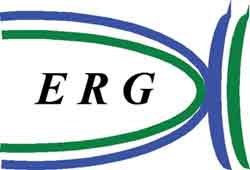
The ERG team has a range of scientific expertise from molecular biology and bioremediation to inorganic chemistry and biological separations. Development of this research team was facilitated through funding under the Technological Sector Research Strand III (Core research strengths enhancement 2000-2006) initiative.
Phase I projects of the research team are focused on novel, fundamental investigations into the chemical and biological mechanisms involved in heavy metal sequestration and binding to a range of seaweeds ( Phaeophyceae, Rhodophyceae , and Chlorophyceae ) commonly found in the South-East of Ireland. Such research, although fundamental in nature, has positive economic implications for society through the potential development of our natural resources as bioremediation products for metal-laden wastewater streams.
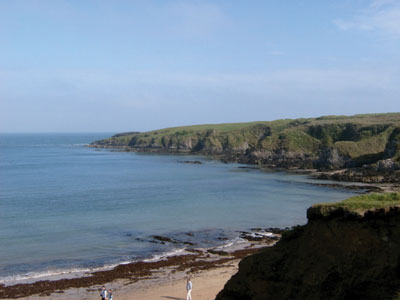
Bioremediation studies
To date extensive screening has been carried out to identify key seaweed species (sourced from the South-East coastline of County Wexford, Ireland) for further research. In total, eight live seaweed species from three divisions ( Chlorophytes, Rhodophytes and Phaeophytes ) were exposed to copper and chromium. These seaweeds have also been exposed to copper, chromium and lead in dried biomass form. The overall objective of this research is to develop a novel dried seaweed biomass- based biofiltration system for use in the bioremediation of heavy metal polluted wastewater streams that has less environmental impact than conventional metal removal processes. Short-term studies investigating the seasonal variations influencing metal uptake have also been completed.
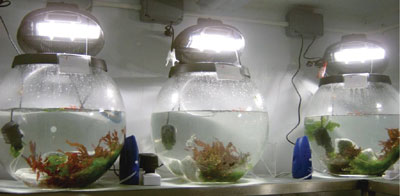
Chemical studies
Seaweed biosorption behaviour has been controlled through careful manipulation of experimental parameters such as pH, initial metal concentration and contact time thus allowing potentially selective biosorption between different metals as well as between different oxidation states of the same metal. Work to date has been focussed on surface characterisation of the seaweed species and identification of the various functionalities involved in heavy metal binding using a variety of analytical techniques including potentiometric and conductimetric titrations, infrared spectroscopy, scanning electron microscopy and X-ray photoelectron spectroscopy. The functional groups found to be responsible for metal uptake include carboxyl, sulphate and amino groups. Equilibrium and kinetic studies of metal sorption have been used to elucidate the parameters of metal binding. Ongoing research investigates the effects of chemical modification of the surface functional groups with a view to enhancing metal binding and allowing deduction of metal binding mechanism.
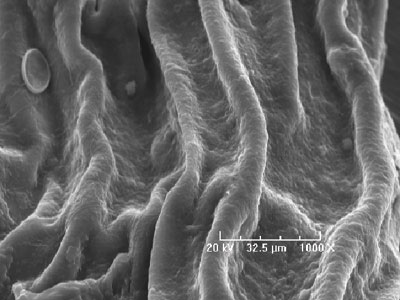
Genetic Studies
The aim of this research is to identify the genes responsible for metal accumulation in seaweed. To date a variety of screening methods have been applied to identify genes associated with metal accumulation (e.g. genes encoding phytochelatin synthase and metallothioneins). These genes have been identified in a variety of plant and bacteria species. PCR was carried out on all species of interest using gene specific primers from a variety of plants and bacteria. Southern blotting analysis was also carried out using probes designed from known plant metallothionein and phytochelatin synthase genes. Suppression subtraction cDNA hybridization has been used to enrich cDNA from genes expressed in metal exposed seaweed using the red seaweed Polysiphonia lanosa . The subtraction products are currently being used for the generation of a cDNA library.
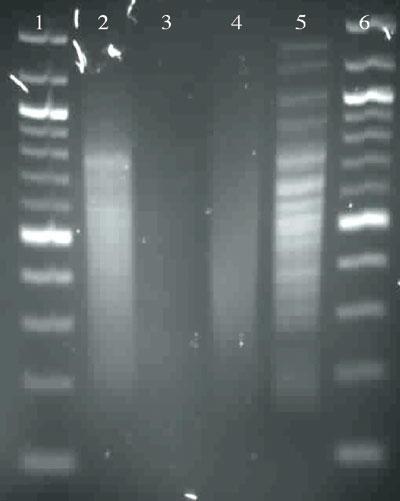
To develop the operations of the ERG we are always looking for new collaborative opportunities. To avail of this invitation please find contact details below.
Contact: Dr Peter McLoughlin,
Tel: +00353 (0)51 302056
E-mail: [email protected]
or
Dr Eddy Fitzgerald by e-mail:
E-mail: [email protected] .
Estuarine Research Laboratory,
Tel: 00353 (0)51 845514
Department of Chemical and Life Sciences,
Waterford Institute of Technology, Cork Road, Waterford. Web: EstuarineResearchGroup